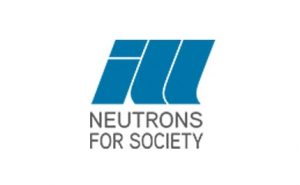Training materials
Content provider: Institut Laue-Langevin (ILL)
and Licence: License Not Specified
and Resource type: video
5 materials found
-
video
ILL's PhD talks
neutron scattering theorie neutron transport monochromization polarized neutrons multi grid detectors guide fields and solenoids quasi-elastic neutron scattering Small Angle Neutron Scattering time-of-flight magnetism and neutrons …
-
video, slides
Neutrons for Magnetic Nanostructures on Surfaces: Beyond the Specular Intensity Wars
polarized neutron reflectometry grazing incidence scattering magnetic nanoparticles GISANS
-
video
Machine learning in electronic-structure theory
machine learning electronic-structure theory
-
video, slides, scientific article
Seeing the chemistry in biology using neutron crystallography
macromolecular neutron crystallography biological macromolecules neutron
-
video, slides
Neutron crystallography to inform drug design targeting SARS-CoV-2 main protease
COVID research neutron drug development neutron crystallography